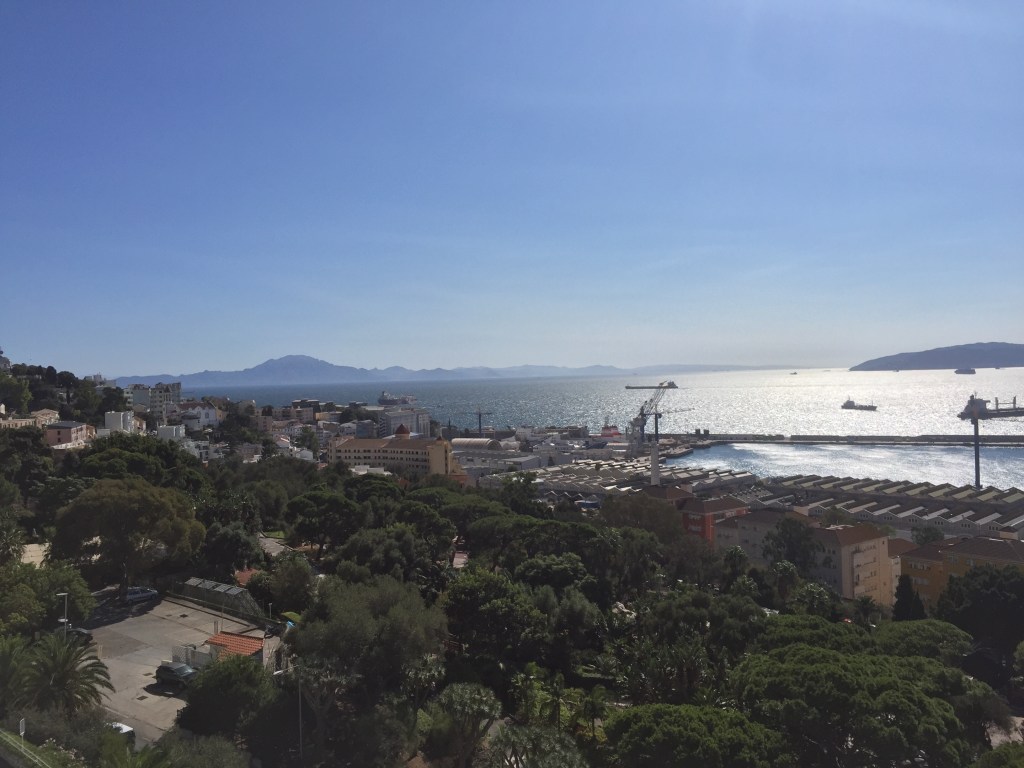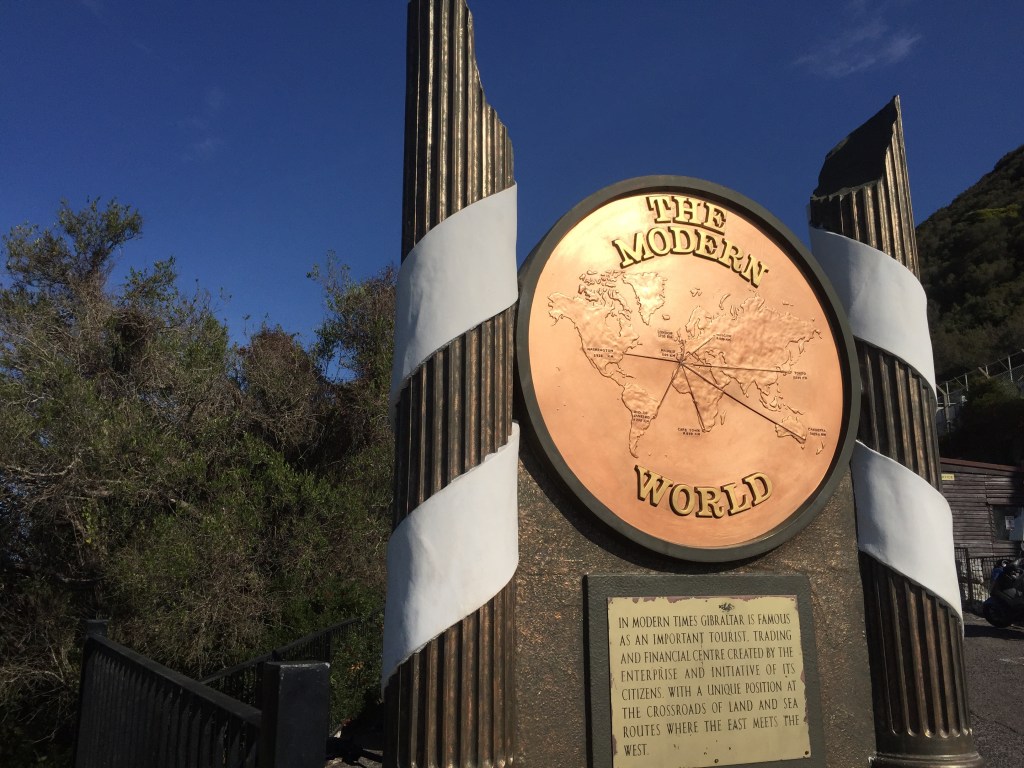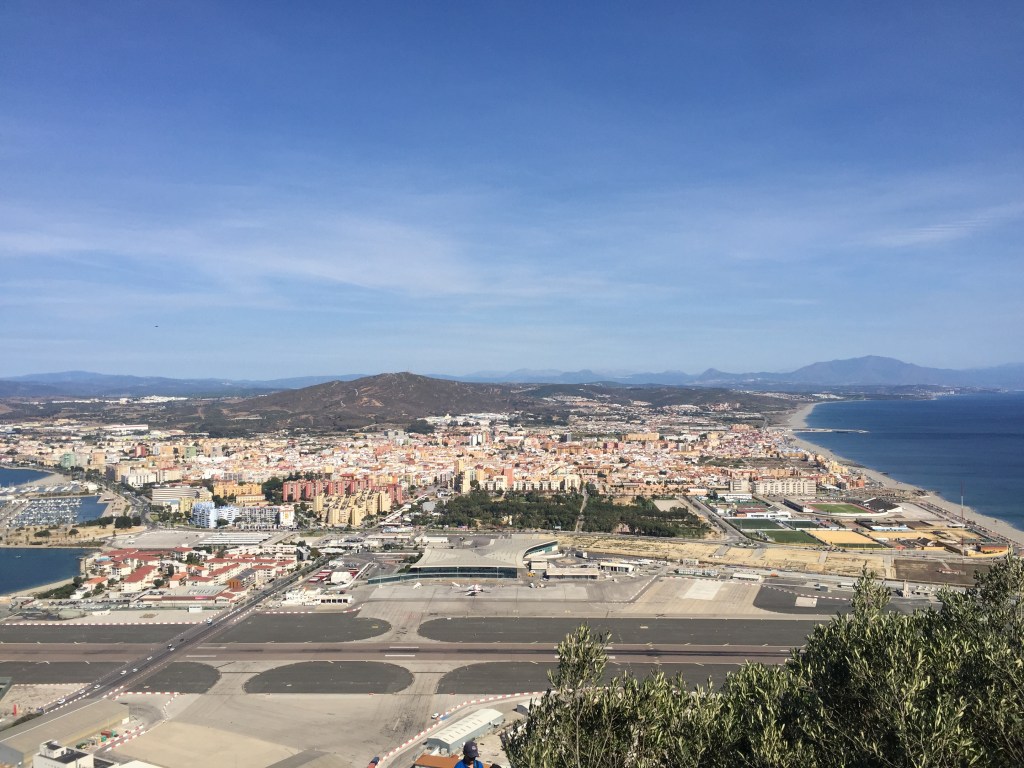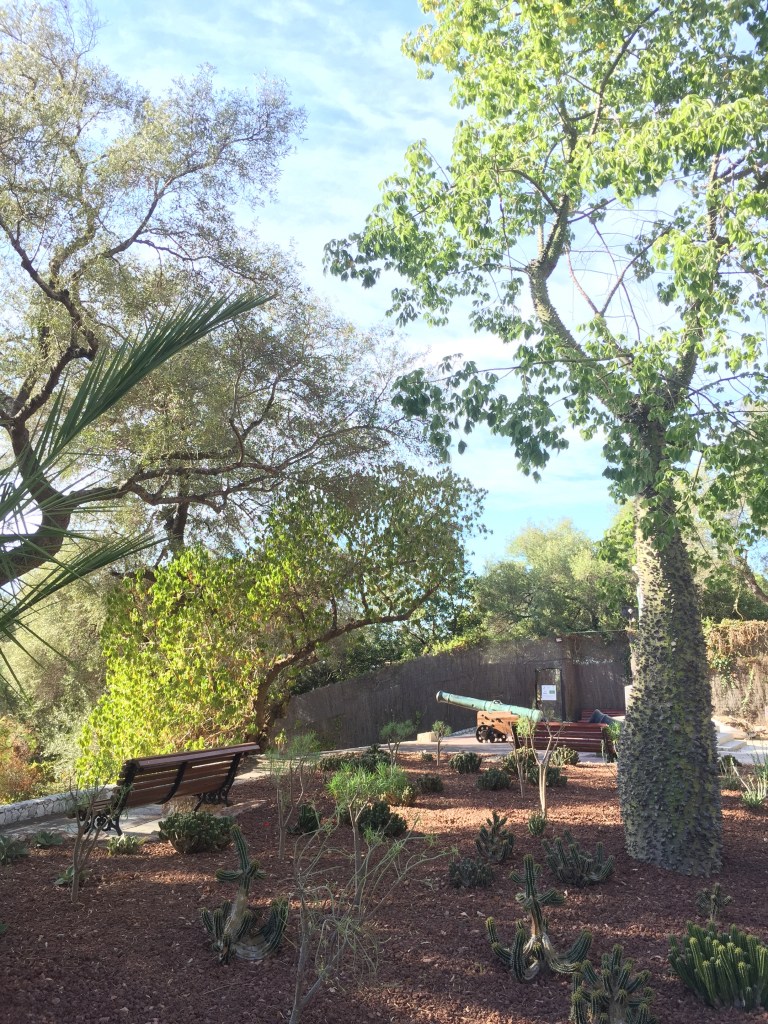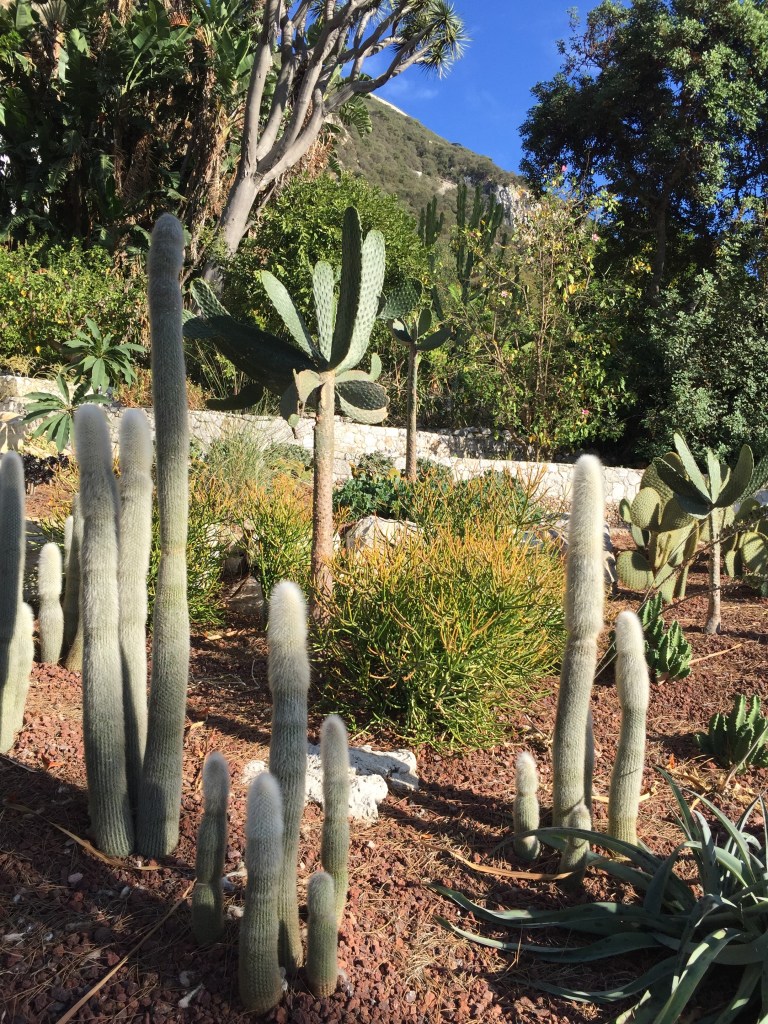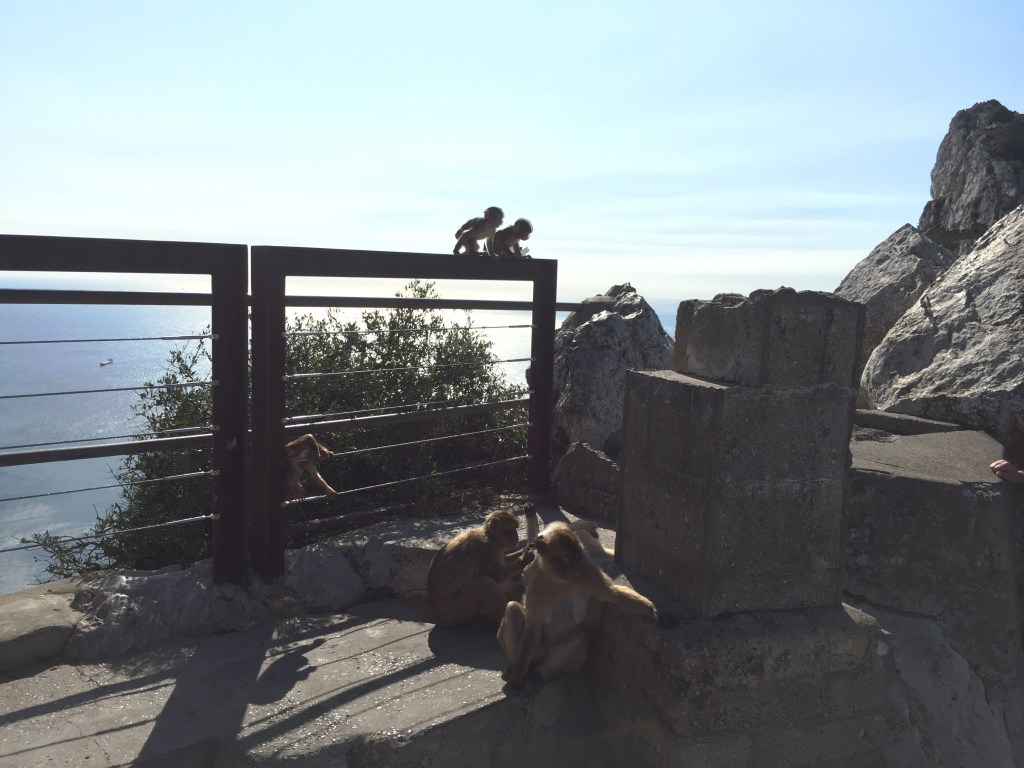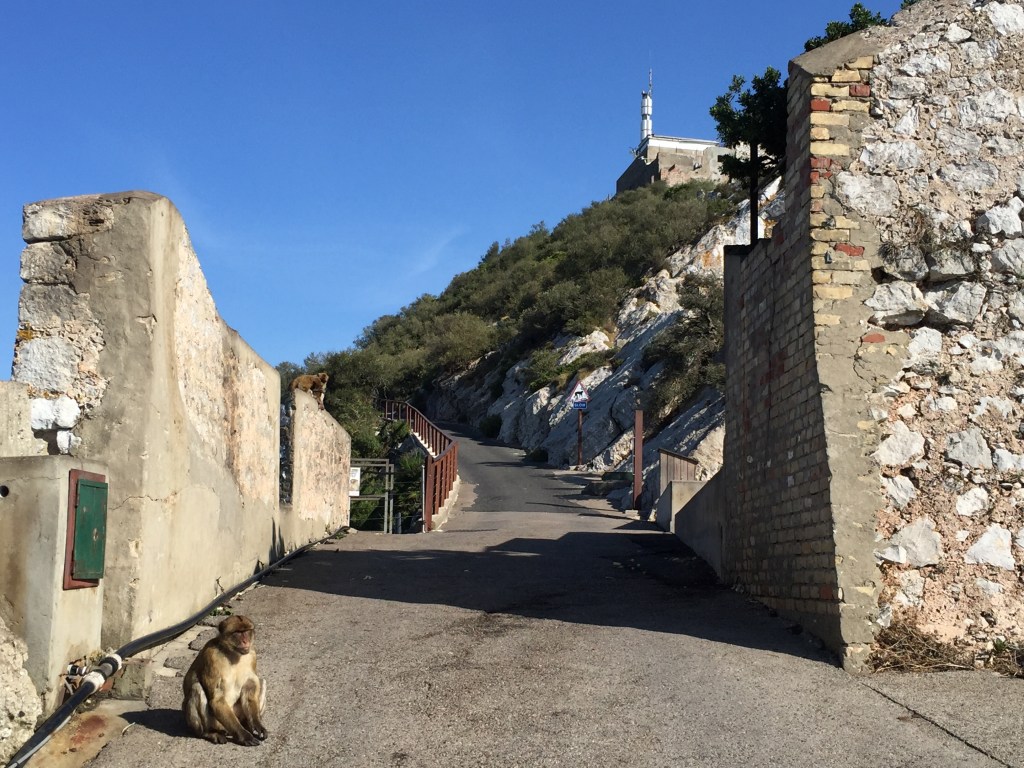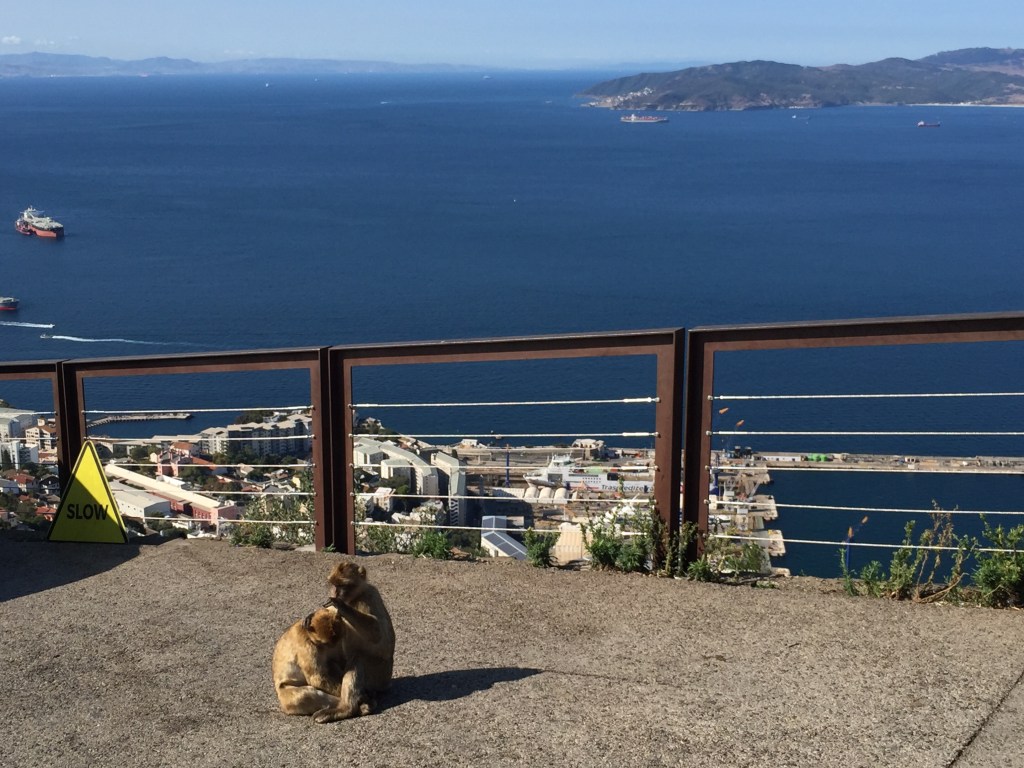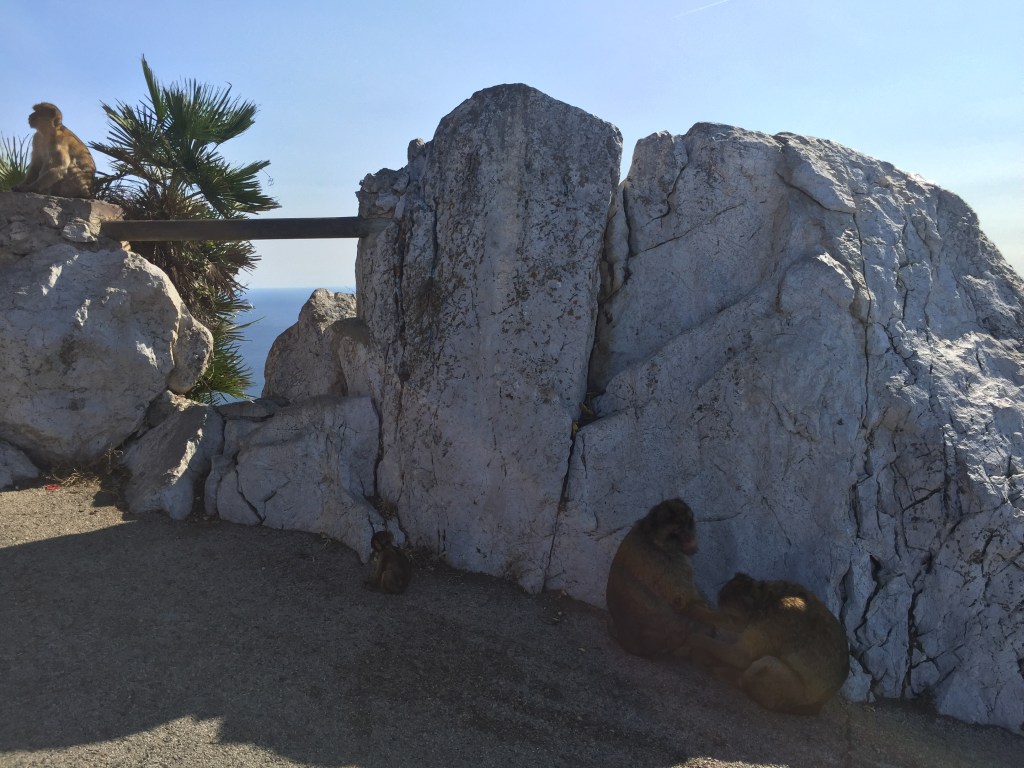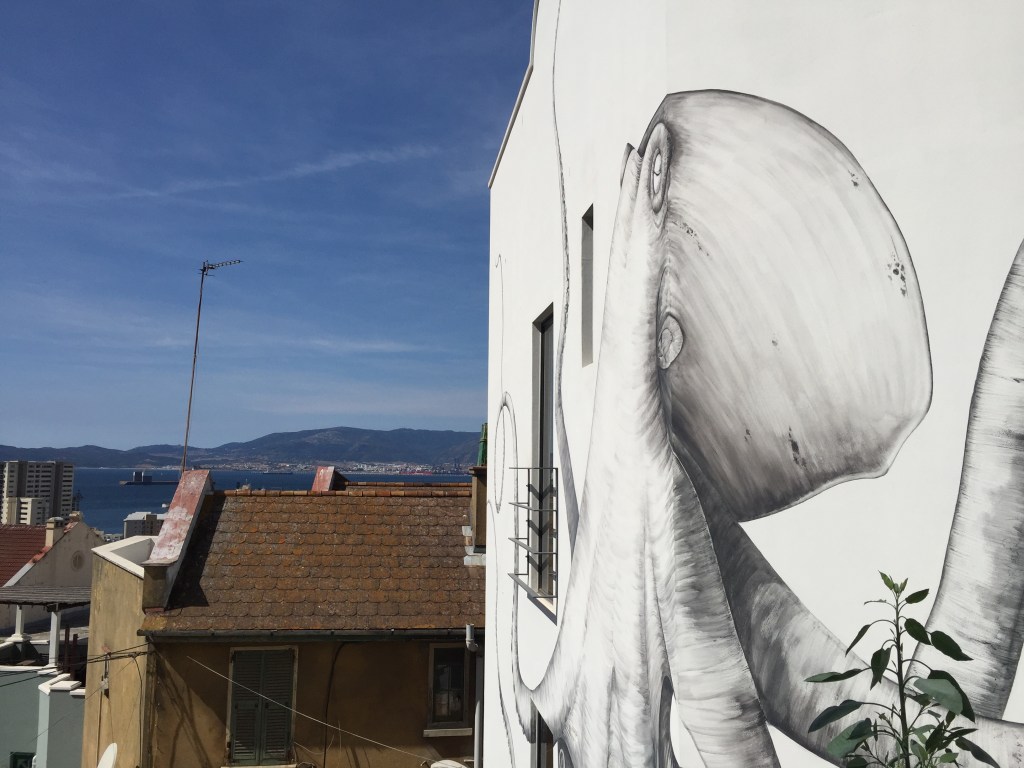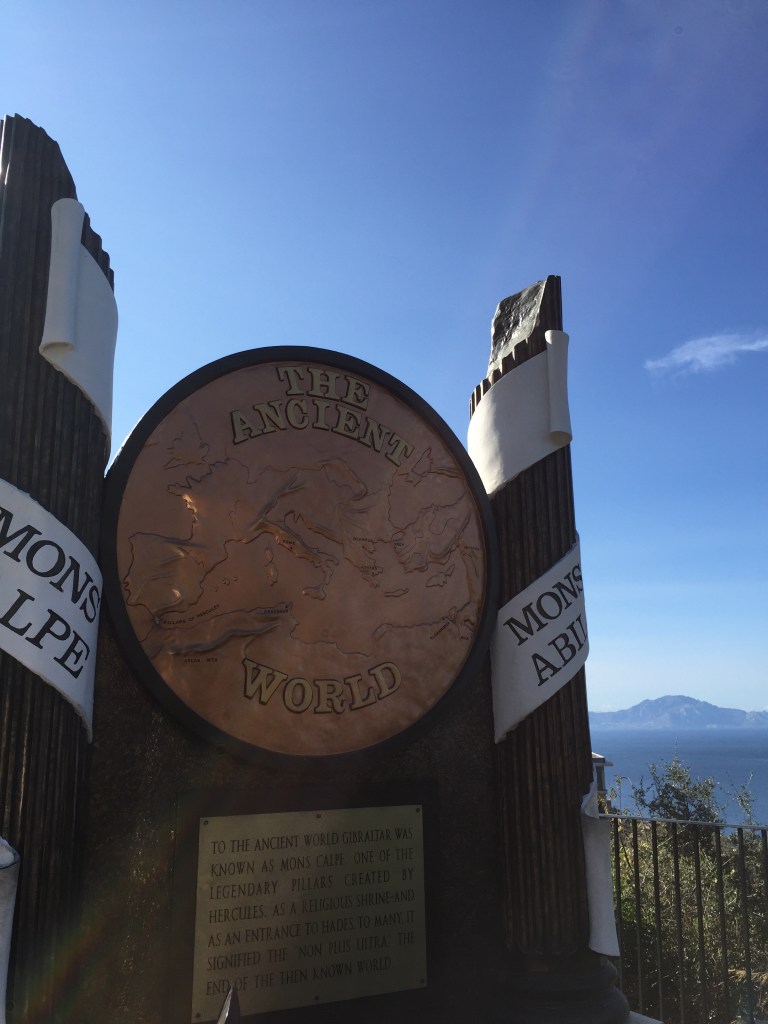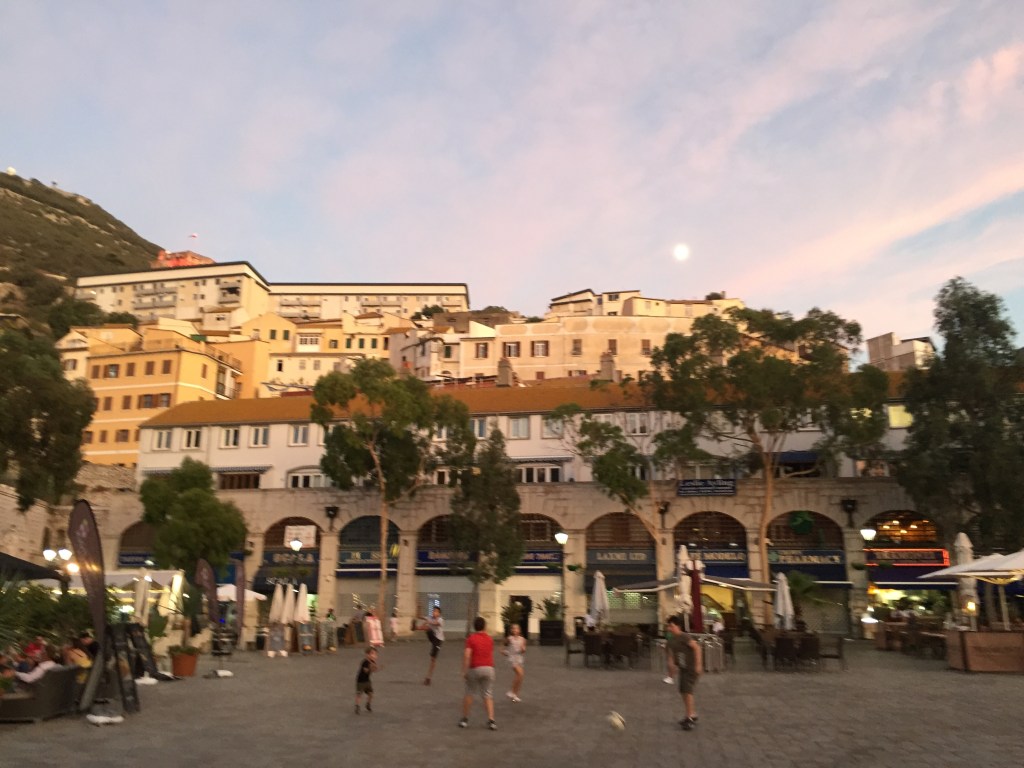As we’re approaching another wave of COVID-19 in Spain, writing about short getaways when the summer was still around gives me a lot of energy and hope for the better days to come. Here is a short post about my getaway to Gibraltar last month. As we’re approaching another wave of COVID-19 in Spain, writing about short getaways when the summer was still around gives me a lot of energy and hope for the better days to come. Here is a short post about my getaway to Gibraltar last month.
Gibraltar is located about only 80 kms away from Malaga and to get there, you can easily drive or take a bus to the ‘famous’ La Linea de Concepcion, bordering town, allegedly one of the most dangerous places in Spain according to the latest Netflix series. Surely it looked rundown in some parts, and incredibly luxurious in others, which is never a good sign. To get to Gibraltar, you have to pass through a border control within a few steps away from the bus station. To get into the city centre, sometimes you may have to wait to pass through the international Gibraltar airport’s landing stripe, as space is very limited by the Giant Rock.
My first observations were related to the language, indeed both English and Spanish are heard equally often and in various constellations of Spanglish and Englanol. The old town also brings back memories of commercial streets back in the UK and at the same time, has a charm of any Mediterranean town. Beers are served in pints and tapas are counted in pound sterling, which does make a difference from the neighbouring La Linea, where apparently a lot of people eat out. Gibraltar’s location is strategically related to one of the most neuralgic point between Africa and Europe and its history remembers wartime, sieges and endless battles. The remnants of it are visible within almost every step, even in parks in a form of a childlike quiz.
The wildlife of Gibraltar reside in the special zones: Barbary macaques are kept away from the city in the Apes Den and are very much used to being fed by the human beings. They are quick to check one’s rucksack belongings in search of food, causing big havoc. My boyfriend has been confronted with such situation simply passing by, ending up with a macaque sitting on his head, who meticulously performed search for anything else than our camera or bottle of water. Unsatisfied with the result she left – unfortunately this moment has not been recorded. Also butterflies receive their daily portions on the Butterfly Feeding Table, to the amusement of the visitors of the Alameda Park.
Wandering around the Upper Rock Natural Reserve Park you can see two continents and three countries, including Spain and Morocco. If you are lucky, you can notice whales passing by the Gibraltar strait if the ship traffic isn’t too heavy. Looking at the closeness and yet, distance, one can reflect about the relativity of the perspective and history. On that day we spoke to a birdwatcher observing some species trying to cross the Strait for the winter. Possibly a Honey Buzzard, according to the birdwatcher, who struggled with the unfavourable wind conditions, similarly as the BA plane approaching the landing stripe.
Nowadays Gibraltar is home to investment banks and tech companies, and the wartime and ancient history seems to be indeed a distant past. The dine out options and nightlife concentrate around the modern neighbourhood of Ocean Village full of fusion and international food options, as well as very typical pubs. I stayed there for one night only and it was enough to see the National Reserve Park, wander around the city and its historical attractions. The highlight of my stay was the Rock Hotel itself: an emblematic location overlooking the bay, serving English Breakfast on their patio where hundreds of famous people ate out, including Prince Charles, Ernest Hemingway and one mysterious guest, whose picture (next to Prince Andrew’s…) has been removed. Wonder if this may be related, and still thinking of whom could be the persona non grata.


